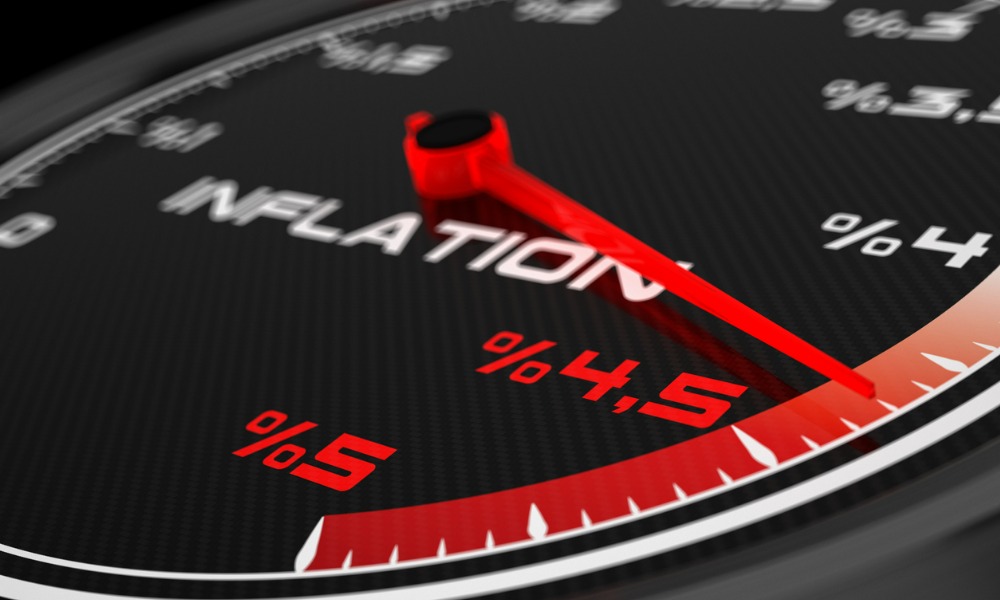Wealthier households see gains in purchasing power due to investment income, while lower-income households struggle to keep pace

A new report from the Parliamentary Budget Officer highlights the effects of inflation and higher interest rates on Canadian households' purchasing power since 2022, with lower-income households being the most affected.
According to BNN Bloomberg, the report indicates that wealthier households have seen their purchasing power increase, largely due to gains in investment income.
The average purchasing power of Canadian households rose by 21 percent from the last quarter of 2019 to the first quarter of 2024. This increase was supported by government transfers, wage gains, and net investment income, as stated by Parliamentary Budget Officer Yves Giroux.
However, the report emphasizes that recent changes in purchasing power are not uniform, and inflation, along with tighter monetary policy, has disproportionately impacted lower-income households.
For these households, small increases in income were insufficient to offset inflation’s effects.
The report noted that prices for a typical ‘basket’ of goods and services have risen by 15 percent, with food, shelter, and transportation accounting for most of the inflation despite making up less than half of household consumption in 2019.
Inflation started rising in 2021 due to supply chain disruptions and raw material cost increases. The Bank of Canada’s aggressive interest rate hikes, starting in 2022, were a response to the accelerating inflation, which reached a peak of 8.1 percent in June 2022.
While higher rates have increased mortgage costs for many, they also boosted investment income for wealthier households, resulting in a net gain in purchasing power for the wealthiest 20 percent in 2023.
In contrast, most households experienced rising interest payments that outpaced their investment income, causing stagnation or deterioration in purchasing power for the third and fourth quintiles, and a decline for lower-income households.
The report concludes that while purchasing power remains higher than in 2019 for most households, inflation and monetary policy have eroded purchasing power for many since 2022, particularly lower-income Canadians.
Finance Minister Chrystia Freeland, addressing the easing of interest rates in 2024, said it provides significant relief for homeowners as wages have been outpacing inflation for 19 consecutive months.



